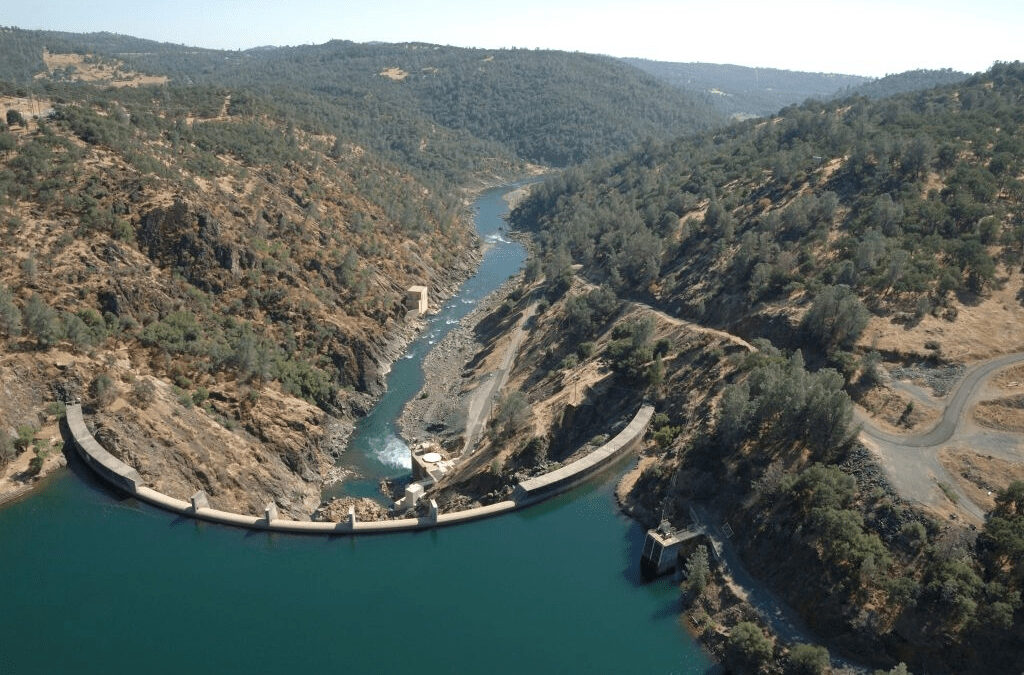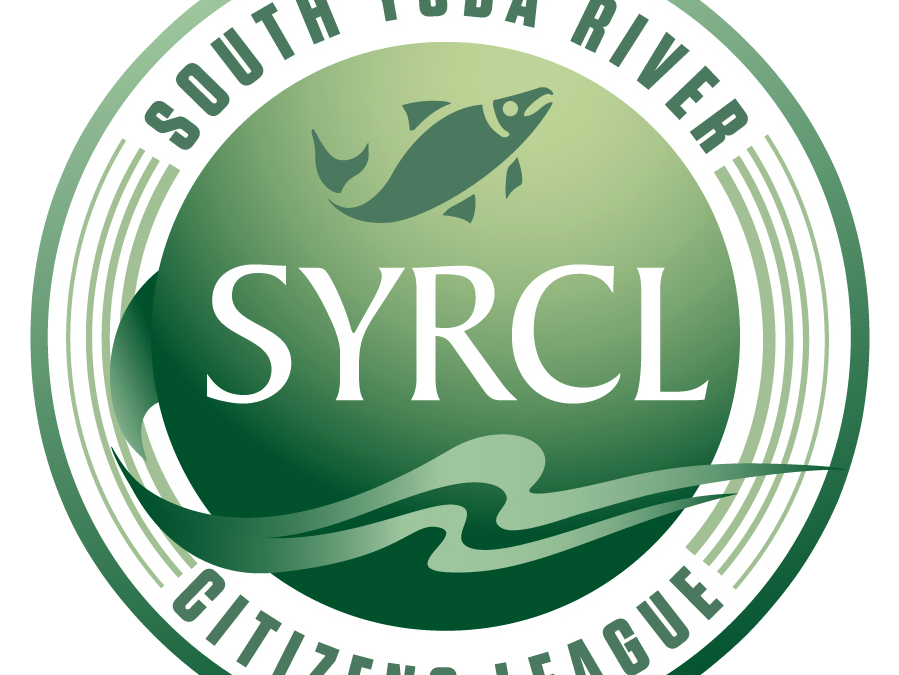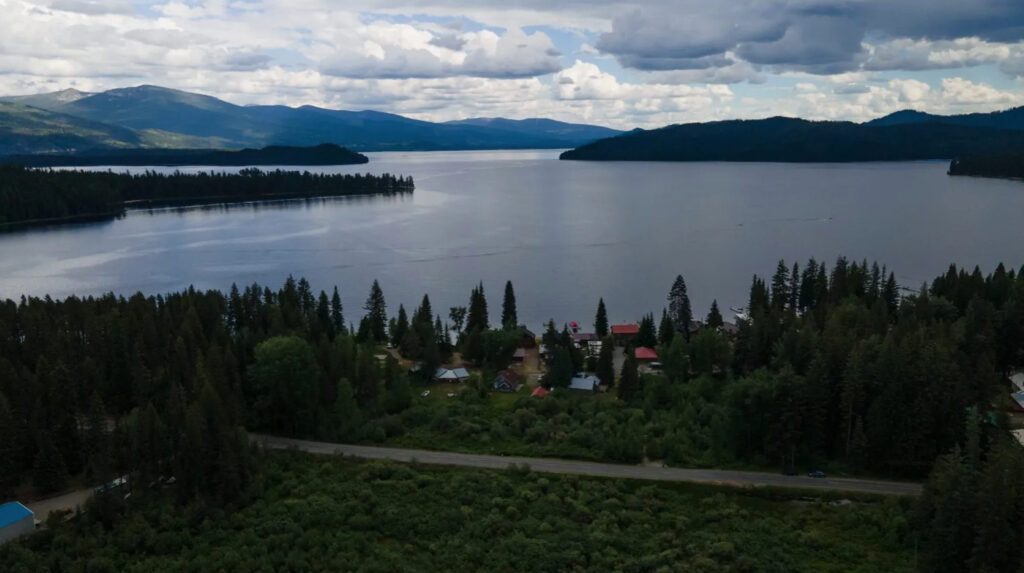


Victory for Environmental Protection: Clean Water Act Prevails in PG&E Hydropower Projects on Yuba and Bear Rivers
Marking the culmination of a multiyear struggle where Pacific Gas and Electric (PG&E) had sought to evade regulation of hydropower projects under Section 401 of the Clean Water Act, the California Sportfishing Protection Alliance (CSPA) shared that on September 5,...
The Possible Impacts of the EPA Redefining “Waters of the United States” on the Yuba Watershed
Enacted in 1972, the Clean Water Act established a nationwide approach to improving the quality of our nation’s lakes, rivers, streams, and other water bodies. One of its features is that it prohibits the discharge of pollutants from a point source into “navigable waters” unless otherwise authorized under the Act. “Navigable waters” are defined in the Act as “the waters of the United States, including the territorial seas.”

Understanding the Rhythms of Rivers: Exploring Natural Hydrographs and the Impact of Dams on Watersheds
Dams create a number of issues for the overall health of a watershed. One of the primary issues is that they modify the volume (discharge) and timing of when and how water flows in the portion of the river downstream. Dams trap and store water in the wet periods of time, and then release additional water during the dry, hot periods of time to meet human need. The graph which shows the amount of water flowing past a point over time is called a hydrograph.

